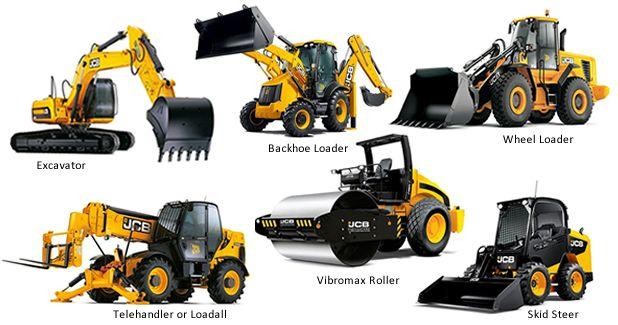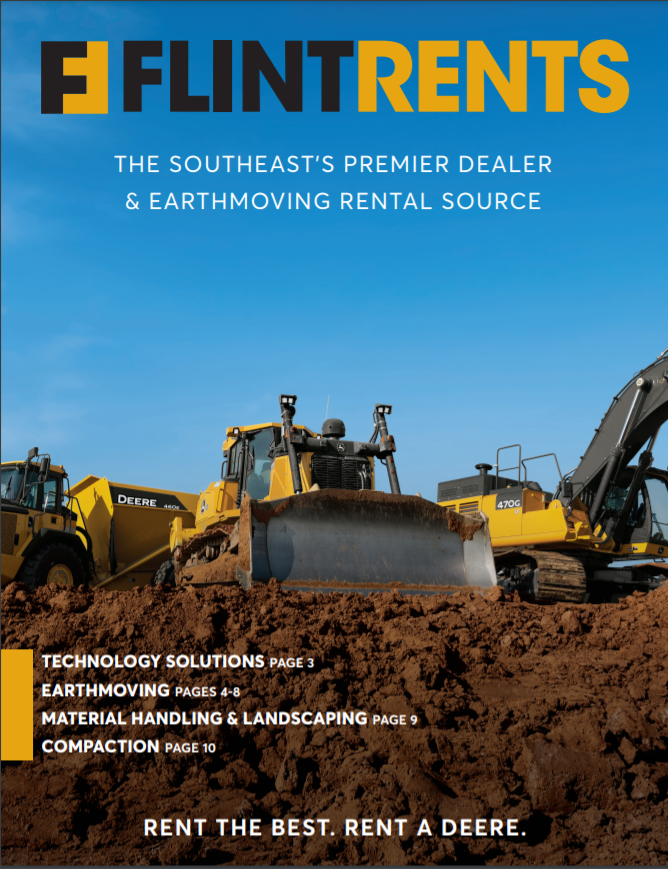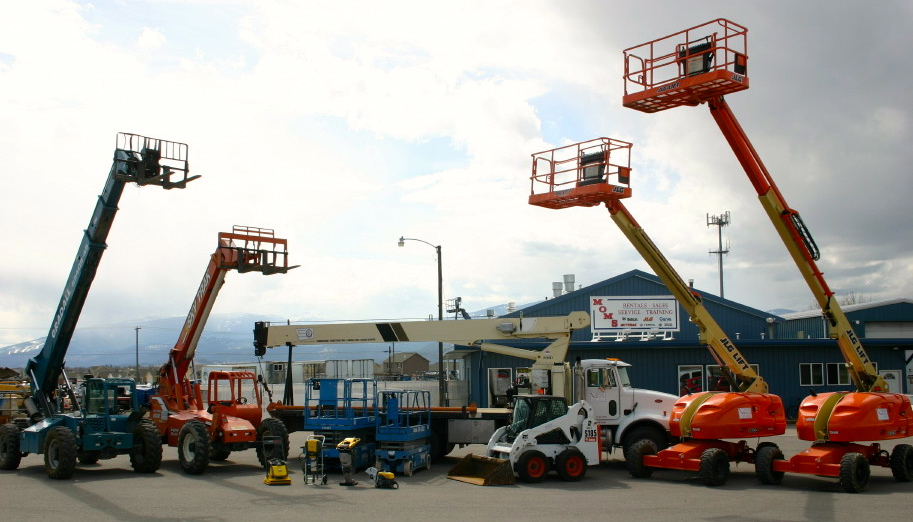Forklift Rental: Heavy Lifting Equipment for Warehousing and A lot more
Forklift Rental: Heavy Lifting Equipment for Warehousing and A lot more
Blog Article
Optimize Your Budget by Comprehending the Expenses Related To Construction Equipment Rentals
Recognizing the complete scope of expenses linked with building and construction equipment rentals is essential for optimizing your budget plan. While the first rental cost may seem uncomplicated, many additional expenditures-- such as transport, fuel additional charges, and maintenance-- can quickly collect, affecting your monetary planning. Being aware of different costs and the intricacies of rental arrangements can assist prevent unforeseen economic concerns. What approaches can be utilized to properly manage these prices and make certain an extra reliable rental experience?
Review of Rental Prices
When taking into consideration building tools services, understanding the connected costs is vital for reliable budgeting and job preparation. Rental prices can differ dramatically based on numerous factors, consisting of devices type, period of leasing, and location. The first rental charge often shows the tools's market demand and its connected operational abilities, affecting the total expenditure.
In addition to the base rental price, secondary costs might arise, such as transportation charges, fuel surcharges, and maintenance costs. It is necessary to make up these extra costs to precisely assess the overall expense of leasing tools. The rental duration can impact rates; longer rentals may certify for discounted prices, while short-term services might sustain greater day-to-day charges.

Breakdown of Rental Prices
An extensive understanding of rental prices is essential for contractors and project supervisors intending to maximize their budget plans. Rental rates for building devices typically contain numerous parts, including base rates, time-based fees, and usage charges.
Base rates are the core charges connected with the rental of the tools, often identified by the kind and dimension of the equipment. These prices can differ substantially, influenced by factors such as tools need, availability, and local market trends. Time-based charges, which may be daily, weekly, or monthly, offer to suit various task timelines and rental durations.
In addition, rental rates may consist of usage fees, which are applicable when equipment is utilized beyond a specified threshold, ensuring that the rental business can represent wear and tear. Seasonal need fluctuations can also impact rental prices, with peak building seasons typically commanding higher costs.
Additionally, recognizing the rental company's policies pertaining to upkeep and insurance policy can offer more insight right into the total price structure. By analyzing these components, contractors can make informed choices, making certain the selection of rental equipment straightens with both job demands and spending plan restrictions.
Extra Charges to Take Into Consideration
Comprehending the complexities of additional costs is vital for professionals to handle their overall rental costs effectively. Beyond the basic rental rates, different auxiliary charges can dramatically impact the total cost of equipment rental. These fees frequently include distribution and pick-up costs, which can differ based upon distance and logistics entailed in delivering the equipment to and from the job site.
Furthermore, some rental firms might enforce gas additional charges if the devices Continue is returned with much less fuel than when rented. It is likewise important to be mindful of prospective cleaning fees, especially for customized tools that calls for extensive upkeep after use.

Thoroughly evaluating the rental arrangement and making clear these added charges ahead of time can help professionals make sure and avoid unforeseen expenses that budgets stay intact throughout the project lifecycle.
Upkeep and Repair Service Expenses
Regular repair and maintenance expenditures are usually neglected variables that can substantially affect the total cost of construction devices services. When leasing devices, it is essential to take into consideration not only the rental charges but additionally the possible costs associated with maintaining the equipment in optimum operating problem.
Numerous rental companies consist of fundamental upkeep as component of the rental arrangement; however, a lot more unexpected break downs or substantial fixings can lead to extra costs. It's essential to evaluate view it the rental contract thoroughly to recognize what maintenance services are covered and what obligations drop on the tenant.
In addition, tools that is not properly maintained can result in inefficiencies at work site, potentially increasing and causing hold-ups project prices. To mitigate these risks, it is recommended to perform normal assessments and keep open communication with the rental company pertaining to any kind of issues that occur throughout usage.
Insurance and Obligation Expenses
Insurance policy and liability costs are important components that can substantially affect the overall expense of building and construction devices leasings (scissor lift rental). this hyperlink These prices make certain that both the rental firm and the customer are shielded from potential financial losses emerging from accidents, damages, or theft throughout the rental period

Furthermore, customers ought to understand any type of deductibles or exclusions in the insurance coverage, as these can impact possible out-of-pocket expenses. Comprehending the terms of any type of insurance protection is essential to prevent unforeseen expenses. Ultimately, budgeting for insurance coverage and obligation costs can help make certain a smoother rental experience and shield against monetary risks associated with construction projects.
Conclusion
To conclude, a detailed understanding of the prices related to construction devices leasings is important for efficient spending plan management. By assessing rental rates, extra costs, maintenance expenses, and insurance coverage individuals, companies and needs can decrease unforeseen expenditures. This strategic method not only enhances cost-effectiveness however likewise makes certain that tasks proceed smoothly and successfully. Eventually, notified decision-making pertaining to tools leasings contributes to the overall success of construction ventures.
Rental expenses can vary significantly based on a number of elements, consisting of equipment kind, duration of rental, and place (mini excavator rental). The rental duration can affect pricing; longer services might qualify for affordable prices, while temporary services may sustain higher everyday costs
By conducting thorough research study and engaging with trusted rental companies, service providers can efficiently browse the complexities of rental prices, eventually maximizing their economic resources.
Past the standard rental rates, various auxiliary charges can significantly affect the complete expense of tools leasing. Rental companies commonly offer responsibility insurance coverage that covers injuries to 3rd celebrations or damages to residential property, while equipment damages insurance policy can cover the expense of repair work or substitute if the rented equipment is damaged.
Report this page